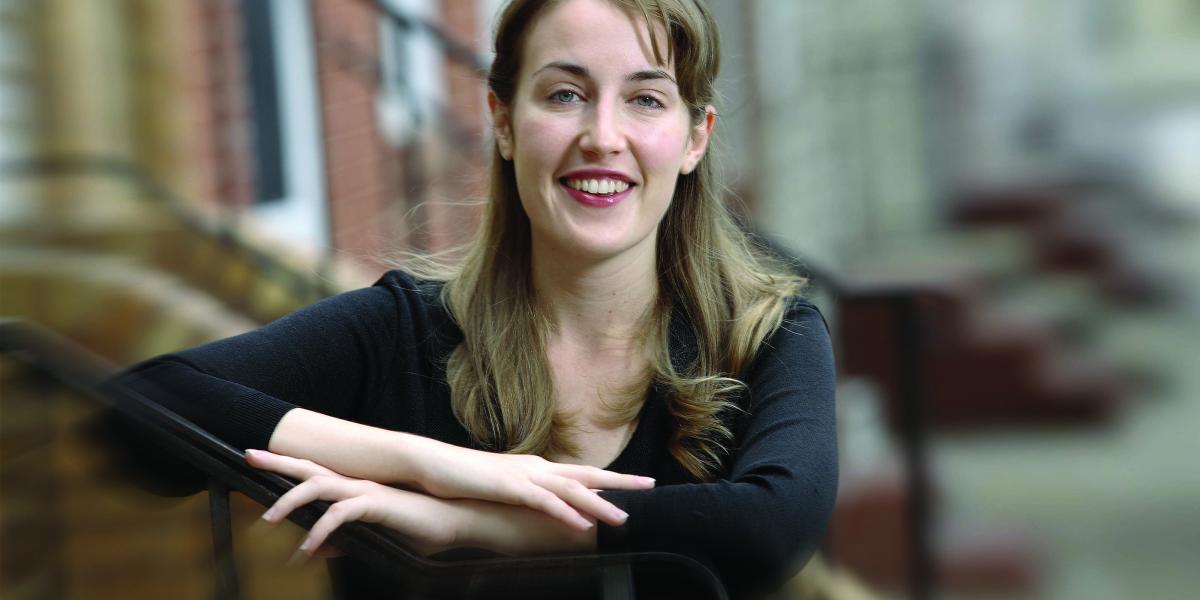Eliminating Despair—and Disparities—in Baltimore
Just north of the Bloomberg School campus, one of the most complex urban redevelopment projects in the country is under construction. The 80-acre life sciences and technology park—a joint effort by the Mayor's office, the state of Maryland and Johns Hopkins—is expected to make the region a leader in biotechnology research and attract new businesses, create jobs and re-invigorate a struggling part of the city. All good things. But how will the creation of the park, and the demolition necessary to make way for it, affect the people who live there?
That's what Stephanie Farquhar wants to know. This past spring, Farquhar, a PhD candidate in Health, Behavior and Society, was named one of three inaugural recipients of the C. Sylvia and Eddie C. Brown Community Health Scholarship, which helps train doctoral candidates to become leaders in eliminating health disparities in Baltimore. She is studying the public health impact of the East Baltimore biotech project. Another Brown Scholar, Chandra Jackson, is focusing on health disparities in Baltimore associated with chronic diseases such as obesity and type-2 diabetes. Amanda Latimore intends to focus on social epidemiology as a way to reduce HIV, syphilis and other diseases transmitted among the city's marginalized populations.
In addition to the biotech park itself, the East Baltimore project includes plans for new housing, a public grade school, a health clinic and other kinds of community services. "This is a huge project—over a billion dollars invested in the name of helping out this neighborhood," Farquhar says. "The question is, does it achieve those objectives and what is the human impact on the people who live there?"
Urban redevelopment can have tremendous implications for public health: demolition and rising vacancy rates can cause increases in rat populations and exposure to lead paint dust, and strain city services such as garbage collection, water and gas delivery, and street lighting. Farquhar is interested in measuring how well the community weathers these kinds of environmental changes, how easily displaced residents find new homes and jobs, whether there are resulting mental health issues, and if the project lives up to its directive to employ women and minorities.
"Stephanie's project exemplifies what our department can contribute to Baltimore," says Ann Klassen, PhD '91, associate professor of Health, Behavior and Society. "She joins a line of scientists who've studied urban renewal and looked at what parts of people's lives get better, but also what gets lost and what steps we can take to make that better."
Farquhar will take an ethnographic approach to her research. Instead of using more traditional methodologies like surveys, she will follow a cohort of 20 or 30 East Baltimore residents over a period of time, observing and participating in their lives as well as doing repeat in-depth interviews of residents and their families, friends and colleagues. But first, she has to get to know them by immersing herself in the community and getting outside what she calls "the Hopkins bubble." She says she won't start interviewing residents for a couple of years. Until then, she plans to spend time in the neighborhood and do a lot of reading on urban health.
"I often get the question, how is this a public health topic?" she says. "But people don't have a health problem outside the context of their lives. We have to start integrating these visions."
